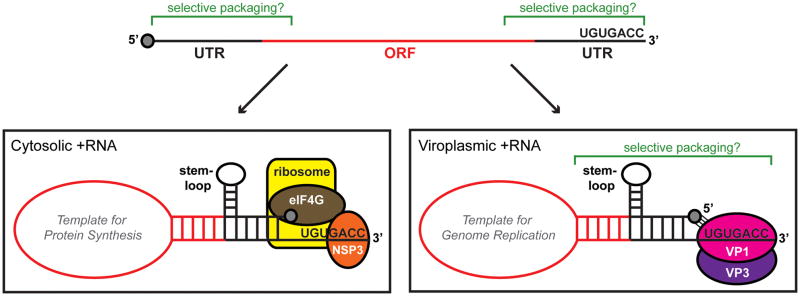Figure 3. Cis-acting elements of RV +RNAs.
The top cartoon schematic represents a linear RV +RNA molecule. The central open-reading frame (ORF) is shown in red, and the 5′ and 3′ untranslated regions (UTRs) are shown in black. A cap structure (gray) is at the 5′ end of the molecule, and the consensus sequence (UGUGACC) is at the 3′ end. Regions of the +RNA thought to be important for selective packaging are indicated using green brackets. The lower left cartoon schematic represents a hypothetical cytosolic +RNA that would be used as template for protein synthesis. A panhandle structure is formed by base-pairing of the 5′ and 3′ ends, and RNA-specific stem-loop(s) are thought to project from these regions. The 3′ terminus is predicted to be bound by the nonstructural protein NSP3, which itself interacts with eukaryotic initiation factor eIF4G. The NSP3-eIF4G interaction, along with 5′-3′ complementarily, is thought to cause the +RNA to be held in a circular conformation, which might be important for efficient translation by host ribosomes. The lower right cartoon schematic represents a hypothetical viroplasmic +RNA that is selectively packaged into cores and used as a template for genome replication. Similar to the cytoplasmic +RNA, a panhandle structure is formed by base-pairing of the 5′ and 3′ ends, and RNA-specific stem-loop(s) project from these regions. The extreme 3′ end of the template is accessible to the polymerase VP1 (pink sphere) as a single-stranded tail. The 5′ cap of the template is presumed to interact with a cap-binding site on VP1. The VP3 capping enzyme is shown as a purple sphere interacting with VP1. Regions of the folded, viroplasmic +RNA thought to be important for selective packaging are indicated using green brackets.

